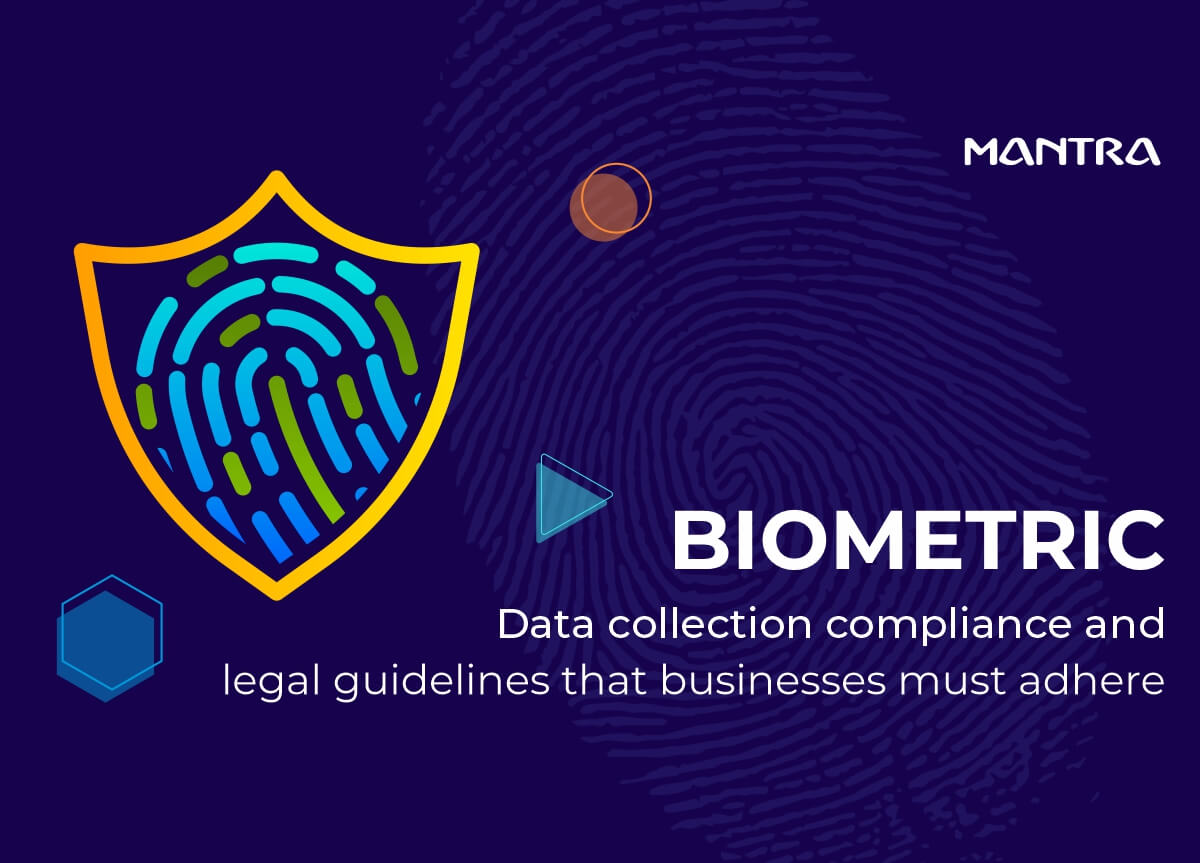
It is important for businesses to understand the GDPR and CCPA alongside other existing regulatory policies when collecting biometric data from its users and customers. undefined
Ensuring Compliance
In order to follow regulations about the biometric data collection, there are several actions that businesses should take. Carry out a risk/ vulnerability scan of the current data collecting mechanisms and procedures. Structure the biometric data with strong security features like encryption and access control. Ensure that potential users are made aware of how exactly their biometric data will be used, shared or stored through appropriate privacy policies. It is then recommended to perform the regular audit and compliance checks to make sure that the company continues to observe the specified requirements.
Role of Biometrics in Providing Security
The importance of ensuring the correct storage of biometric data has increased in the past few years. Regulatory scrutiny was not evident in the initial years but then came into focus in 2017 globally. Failure to adhere to the biometrics data regulations may cause various penalties such as fines, legal consequences, and brand loss. Consequently, individuals whose biometric data is compromised will be violated with their privacy and exposure of their identity. Biometric security is something that should be valued and considered important by all businesses for the sake of their customers and themselves.

Key Regulatory Developments
China:
Under the Cybersecurity Law of 2017 and the Personal Information Protection Law of 2021 Biometric data is regarded with high security measures.
India:
The landmark decision of the Supreme Court, which recognized the privacy as a fundamental right in 2017, has put forward a Digital Personal Data Protection Bill.
European Union:
Under GDPR the processing of 'special categories of personal data' including biometric became prohibited subject to consent or other conditions after May 2018.
GDPR Practicalities
Biometric data can be processed in compliance with GDPR in certain cases, for instance, with the approval from the data subject or to fulfill a legal requirement. Failure to conform can lead to serious consequences such as the imposition of fines of not less than 4% of the worldwide turnover of the business or €20 million whichever is greater. Further, businesses are likely to lose credibility and customers' trust in the business.
US Regulations
Lacking a federal Data Protection Law akin to the GDPR, the United States delegates the protection of data privacy standards to various states: the CCPA and the newly enacted CPRA of California provide highly stringent standards for the protection of biometric data. These laws offer individuals more rights in the ability or manner in which their biometric data is captured and managed while at the same time providing businesses with accountability to safeguard that information. They also outline legal recompense in instances of violation of the provisions of the law for instance substantial fines.
International Influence
Influenced by the GDPR and California's privacy regulation, nations like South Korea and Brazil have enacted regulations that extend equivalent protection of biometrics data. The enactment of such data protection laws as the GDPR can bring forth several advantages when applied. First, it strengthens the rights of persons possessing biometric data for gaining more control over such data. Second, it ensures that businesses are responsible for this kind of information to maintain the spirit of confidentiality and reliability of this information as well as to avoid any forms of invasion of privacy as well as identity theft . Finally, it remains an international benchmark for data privacy, promoting other nations to either emulate such regulations or support other nations in implementing similar measures to enhance data safety.
Compliance Practices businesses should:
Develop a Plan:
Devise on what levels you would address all compliance issues of the business.
Monitor Compliance:
Keep compliance and data breaches as a perpetual monitoring effort and report them immediately.
Obtain Consent and Secure Data:
Eyes/Anticipate: Obtain clear permission from the subject and encourage further protection techniques for data.
Understand Regulations:
It should be carried out after adequate research on the application laws governing the collection of biometric data.
Policy and Training:
It is necessary to develop guidelines when it comes to protecting people's information and ensure all employees are informed about the guidelines.
Conclusion
But one must admit that getting through these regulations is a complex task as it is crucial for the safeguarding of biometric data and compliance with the law. Compliance can be described as a systematic approach of providing solution to business risks that affects both the business and its customers. Some of the risks that businesses may experience in compliance strategies are the need to commit more resources and knowledge with regard to compliance with the law, confusion of these laws that apply and do not apply or those that exist in the various states and changing needs for protection of data where compliance may require regular updating. Secondly, organizations need to ensure that the overall protection of data is reconciled with the general efficiency of operations.
Comments